June 12, 2023
Mandarin Immersion (Part 29)
By Simon J. Lau


For my last day in Shanghai, I spent time at the City God Temple. It is located in what was Shanghai’s original urban core. It celebrates Shanghai’s elevation as a municipality (there are only three other such municipalities in China, including Beijing).


Inside, you can find Yu Garden. It was built during the 16th century, under the supervision of a Ming-era governor. The garden includes many man-made pathways and complex waterways. In the past, it was an important space for public gatherings and social activities.

When I visited here many years ago, I ate at a very popular soup dumpling restaurant. I couldn’t find it now, but Shanghai is still my favorite place to enjoy soup dumplings. The style here has just the right balance among soup, pork stuffing, and dough.
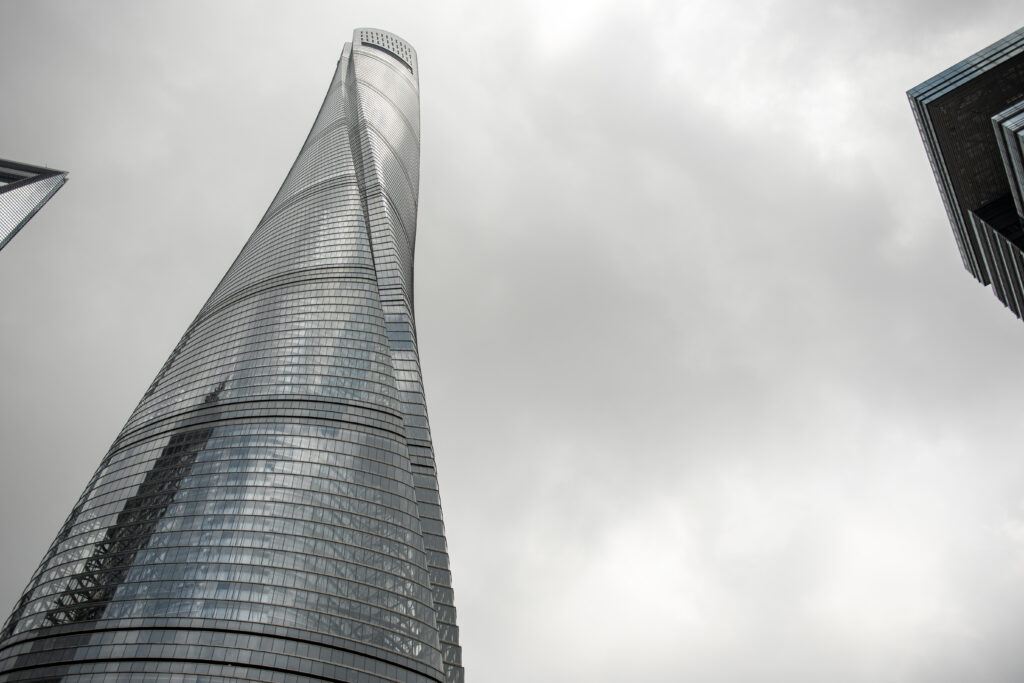
In the morning, I visited Shanghai Tower. This is currently the tallest building in Shanghai and the third tallest building in the world. I saw a documentary on the building of this tower many years ago. It mentioned that few, if any, Western firms could fund such a development. Given its unusual shape (enclosed inner glass layer), the payback would take many years and the return on investment would be low. However, the documentary went on to describe how Chinese investors have a much longer time horizon when evaluating investments.
This is similar to my observations in how the Chinese treat time in general. Given their 3,000+ year history, the Chinese are far more patient and willing to “wait things out” when compared to their Western counterparts. This applies in both business and politics.
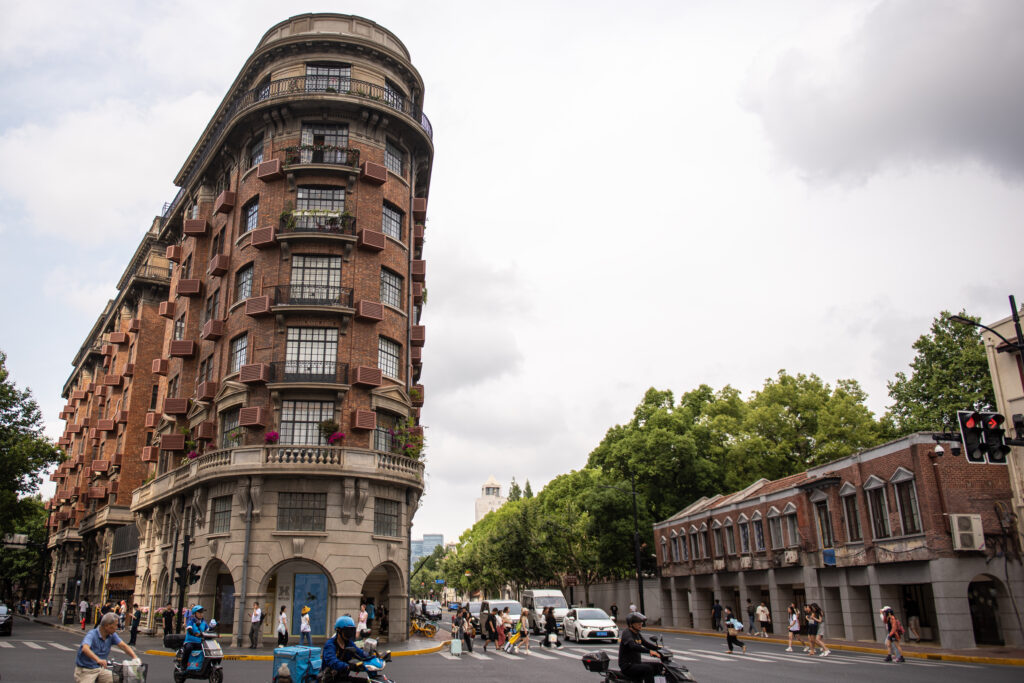
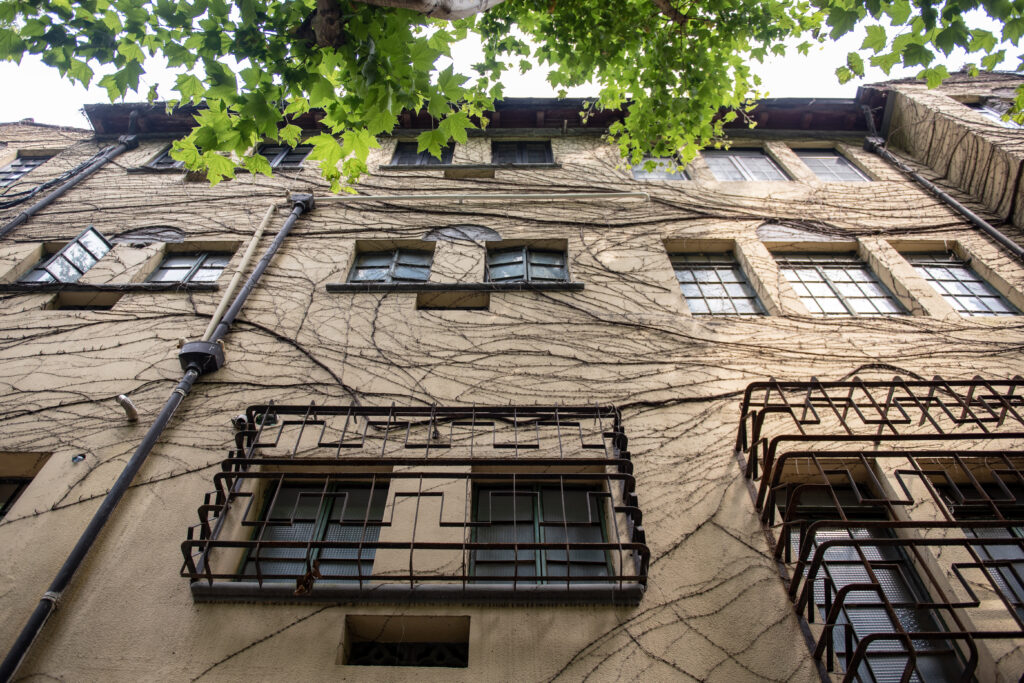
Finally, I visited the French Concession. This area, along with other international settlements, formed the larger Shanghai International Settlement. These agreements were forced upon the Chinese and are remembered in their history as part of China’s Century of Humiliation. This period, roughly spanning from 1840 to 1940, represents a time in China’s modern history when they were subjugated to Japanese and Western powers.
It began with Britain’s 1842 victory in the First Opium War and ended with the unconditional Japanese surrender during World War II. Nearly 80 years later, these former settlements are still flourishing as commercial and residential areas. However, they are now under the full sovereignty of an independent Chinese state.

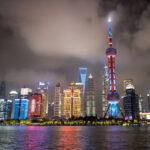
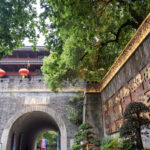

Comments are closed.